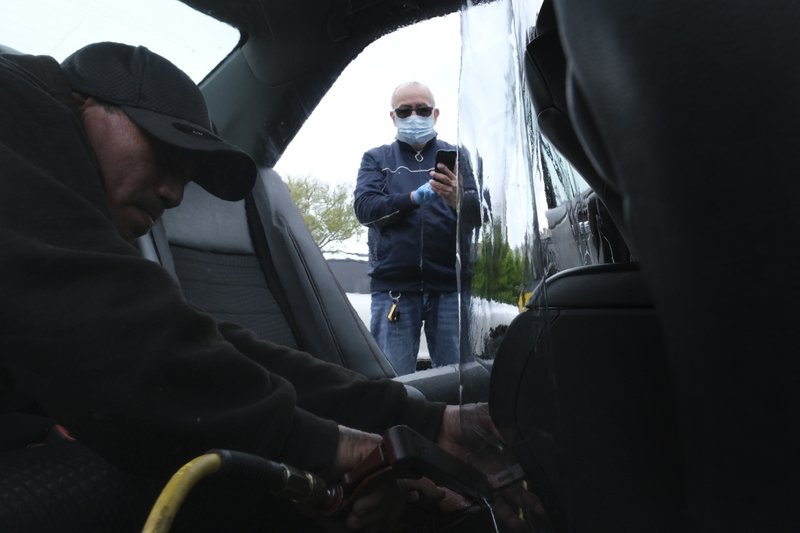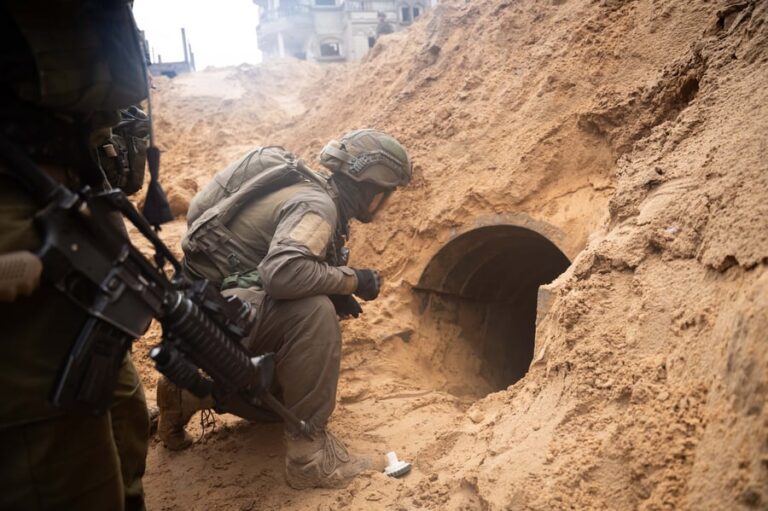The great majority of people newly hospitalized with the coronavirus in New York are either retired or unemployed and were avoiding public transit, according to a new state survey, the first such look at people still getting seriously ill despite six weeks of severe social distancing.
The survey of 1,269 patients admitted to 113 hospitals over three recent days confounded expectations that new cases would be dominated by essential workers, especially those regularly traveling on subways and buses.
Retirees accounted for 37% of the people hospitalized. Another 46% were unemployed. Almost three-quarters were 51 years or older. Only 17% were working.
Only 4% were still using public transportation in their daily life, they survey found, though it also noted that information on transit use was only available for about half the people surveyed.
“We were thinking that maybe we were going to find a higher percentage of essential employees who were getting sick because they were going to work, that these may be nurses, doctors, transit workers. That’s not the case,” Gov. Andrew Cuomo said at his daily briefing.
The survey also showed, however, that 18% of the people admitted to hospitals with the virus had been transferred from nursing homes, underscoring the difficulty those facilities have had controlling infections.
People were far less likely to be hospitalized in other institutional settings. Fewer than 1% were in jails; 4% were in assisted living; 2% in congregate housing and 2% were homeless.
It also found that African-Americans and Hispanics were being hospitalized at far greater rates that whites, mirroring other studies.
While hospitalization rates have been easing in New York, an average of more than 600 people per day have been admitted to hospitals in the state over the past three days.
The virus killed 232 people in the state Tuesday, Cuomo said, and nearly 2,800 people tested positive for the virus.
The state’s survey of newly hospitalized patients matches what doctors are seeing in the field, said Dr. Frederick Davis, emergency room physician at Long Island Jewish Medical Center.
“Many of the patients that are presenting now are older. Early on we saw a wide range of individuals that were presenting with respiratory symptoms. As time has gone on we have seen more presentations in the older populations,” he said.
With expanded availability of testing, Davis said, younger patients with milder symptoms are getting treated at home or by their primary care physicians. People still working also now know, unlike in March, that the virus is very widespread, so they are taking additional precautions.
“I believe those that are on the frontlines have been heeding warnings and have taken the necessary precaution with the right protection to limit their risk of infection,” Davis said.
Here are other coronavirus developments in New York:
______
SUBWAYS CLOSE FOR CLEANING
City outreach workers persuaded 139 homeless people to leave the subways system and enter a shelter on Wednesday during the first overnight that the subways were closed for cleaning because of the coronavirus pandemic, Mayor Bill de Blasio said.
“That’s an extraordinary number for one night and very encouraging,” he said.
The subway system went silent from 1 to 5 a.m. Wednesday as part of a plan for the normally round-the-clock system to shut down for train cleaning.
Police officers escorted people out of Brooklyn’s Coney Island station, the end of the line for several trains, and told them they would have to board buses. Cleaners carrying bottles of bleach then boarded the trains.
The New York Police Department has assigned more than 1,000 officers to secure many of the system’s 472 stations, as fewer than 200 can be physically locked up.
Outreach teams made up of officers and nurses are being sent to 29 end-of-line stations to roust homeless people from trains as they are taken out of service.
Many of the people at the Coney Island station early Wednesday appeared to be homeless, though one man insisted he was not and asked officers how he was going to get to his home in the Bronx.
New York City normally has the country’s busiest public transit system, with a weekday ridership of more than 5 million. But ridership has dropped more than 90% during the pandemic.
___
BUSINESS LIABILITY
A coalition of New York businesses is calling on the state to provide liability protections once they reopen.
The call mirrors a push by President Donald Trump and Republicans at the federal level to include liability protections for businesses in a potential aid package for the states.
“Every retailer, every restaurant, every movie theatre, and every school undertakes some risk by opening their doors,” read the letter to Cuomo from groups including the Business Council of New York State and the Lawsuit Reform Alliance of New York.
The coalition wants New York to protect businesses from COVID-19-related lawsuits during the recovery if they are abiding by applicable laws and rules.
The Cuomo administration didn’t immediately respond to a request for comment.
___
NEW YORK MAYOR: CAUTIOUS REOPENING.
De Blasio said Wednesday that 10 advisory councils on small business, the arts and culture, faith-based institutions and other sectors are being set up to help guide the city’s eventual reopening. The councils will have 20 to 40 members each and will be led by deputy mayors, he said.
The mayor cautioned that the city is a long way from being able to end restrictions intended to contain the virus, and he said the rest of the country should not reopen too quickly either.
“Thank God things are getting better in New York City but we still have a long way to go,” de Blasio said.
(AP)











